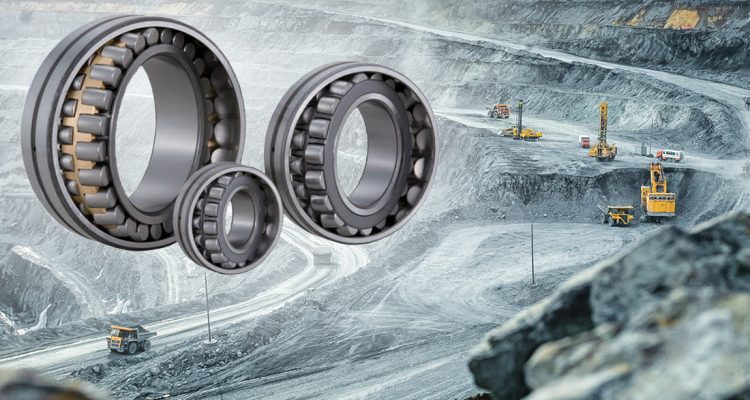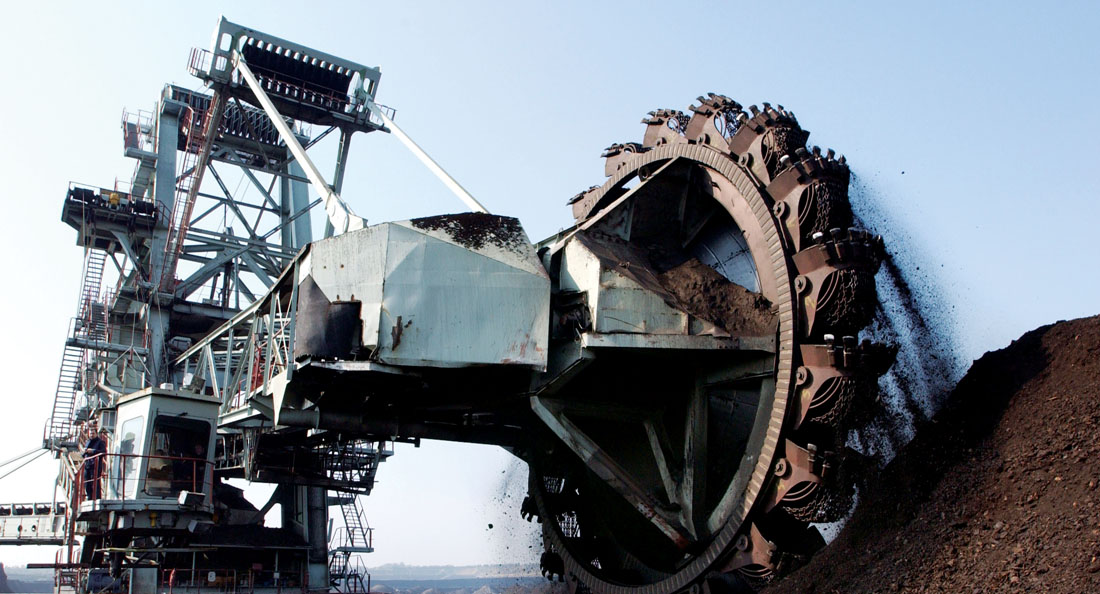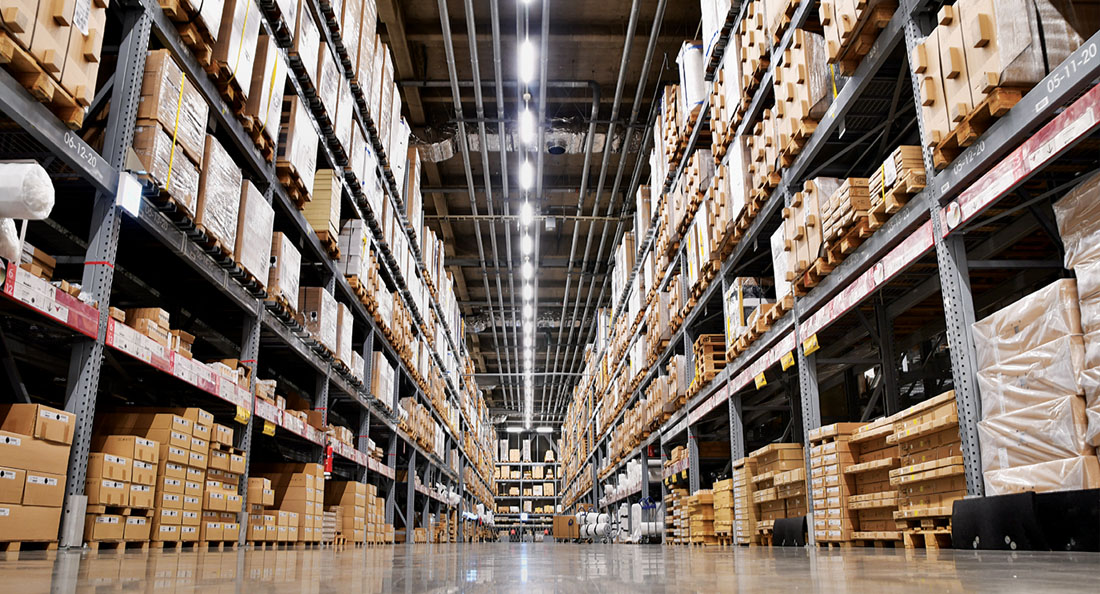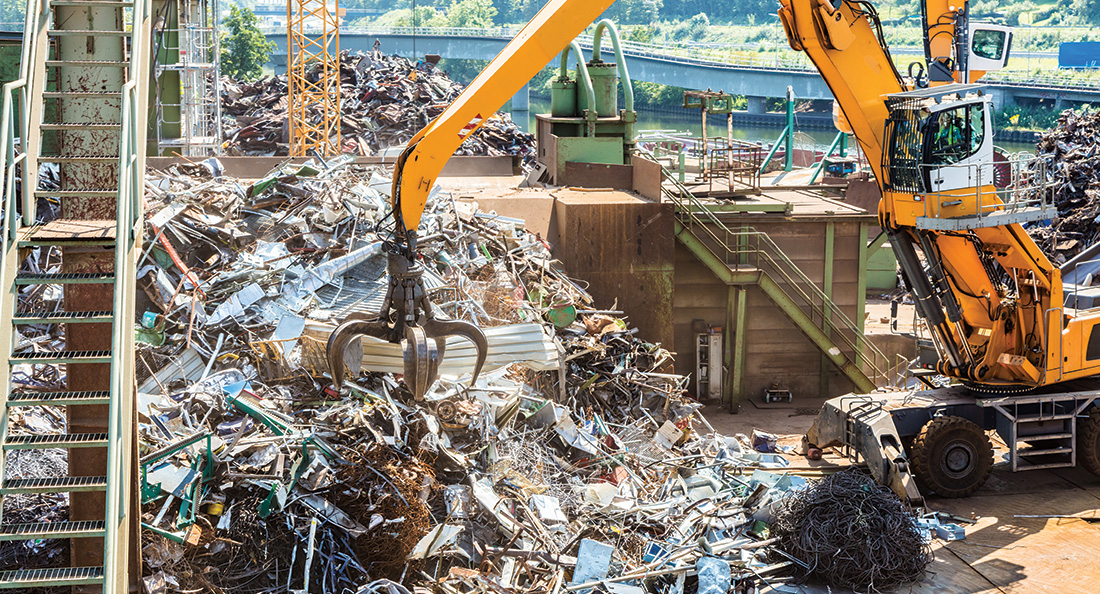A standard bearing of identical type and size will have the L10 fatigue life of around double its equivalent manufactured 50 years ago, and this is reflected in the increased dynamic load ratings published by bearing makers. This is because contemporary rolling bearings produced by reputable manufacturers are made from clean alloy steels with applied processing technologies which result in a much lower incidence of premature surface contact fatigue.
However, in certain operating situations, industry is still experiencing premature fatigue failures of bearings well before their design life is achieved, according to Ross Lee, Technical Manager of Strategic Partnerships —Bearings for Motion Australia. Overwhelmingly, these bearing failures are due to what is known as “surface-initiated fatigue,” he says. “As this naming suggests, the fatigue and subsequent cracking or flaking of bearing rings and rollers in contact originates at the surface, and results from one or a combination of operating conditions.”
Firstly, the presence of hard particle debris circulating through the bearing. “This type of contamination causes indentions with crater like edges, or high points, that form rolling contact stress raisers, and so the nucleus of fatigue flaking,” says Ross.
Another common cause of surface fatigue, he explains, is improper or diminished lubrication. “In this instance, the applied oil viscosity at the bearing operating temperature has insufficient surface separating film strength to form effective lubrication condition,” says Ross. “The result is metal to metal contact at the high points of rollers and raceway surfaces, and fine surface layer fatigue develops in the form of peeling damage.”
“Furthermore, if there is a dispersal of fine contaminants in the lubricant, that will actually wear the rolling contact surfaces,” he elaborates. “This will act much the same as a lapping agent, leading to loss of the bearing surface geometry, increased clearance, and ultimately failure.”
Lastly— heavy or excessive loading conditions will not only increase the cyclic stresses in bearings and shorten fatigue life, but can also exceed the capability of the lubricant, explains Ross. In the instance of this combination of factors, premature surface-initiated fatigue failure can sometimes be observed.
NTN Corporation has been observing these application issues and how they have been affecting their customer base in major heavy industrial segments. From this, they put together an R&D team including Design Engineers, Metallurgist and Tribologists, who set about addressing these life impacting factors one by one.
The summit of their findings on surface technology is evident in the resulting EA Long-Life bearings, which were developed with a two-stage heat treatment process that is comprised of conventional case carburising and compound carbon nitriding.
“Carbon and nitrogen are diffused in the surface layer, stabilising the requisite amount residual austenite to toughen the surface layer,” explains Ross. “This provides improved resistance to fatigue cracking caused by surface-initiated damage, generated by contamination and poor lubrication. Moreover, the Nitrogen enhances the resistance to temper softening.”
This treatment improves the thermal stability of the material structure, according to Ross. Additionally, the EA Long-Life bearing material exhibits higher retained hardness and increased level of residual compressive stress, to compensate for any tensile stress concentrations forming around surface indentations, and therefore, inhibiting fatigue crack propagation. The result is significantly longer bearing life.
“Under both plant testing, and in-field mining or process industry service, the typical fatigue life increase over conventional bearings has proven to be two to three times greater than bearings of the same size, design, and ISO load ratings,” says Ross. “We have certainly observed this in Australian mining applications, and other industry cases.
“Even more significantly, in the instance of highly adverse operating conditions, with any combination of heavy contamination, marginal lubrication, or abnormal loading, whilst all bearing materials will experience life reduction, the difference in fatigue life is significantly greater for EA material bearings than conventional through hardened or case carburised bearings,” he explains. “And this can be in the order of five times greater life expectancy.”
Considering some of the other damage modes that are often observed in mining or quarrying related bearing applications, there are additional benefits of NTN EA Long Life bearing material, notes Ross.
“The EA bearings exhibit half the wear rate of conventional bearings, and these benefits extend to the most susceptible area of roller bearings such as cylindrical and tapered roller bearings, including the sliding contact surfaces of ribs and roller ends,” he says.
“And where metal to metal rolling contact results in fine surface fatigue exfoliation or peeling, the EA material surface layer is three times more resistant to this form of damage, in turn slowing the rate of peeling by three times.”
“The EA Long-Life bearings resilient, or defensive characteristics were actually a response to NTN’s extensive market research. NTN listened to their customers, and the EA bearing is a response to the demands of the current bearings market,” concludes Ross. “NTN listened to their customers, and the EA bearing is a response to the demands of the current bearings market.”
“The comparative life performance of NTN “EA” treatment bearings is now field proven in both OEM and MRO applications, in Australian conditions and globally.”
NTN EA Long Life Bearings
• Performance Life Tested to Standard
• Operating life using lubricant mixed with foreign matter is: More than 5 times
• Operating life using clean lubricant is: More than 2 times
• Peeling strength: 3 times. (Rate of incidence is 1/3)
• Wear strength: 2 times. (Wear rate is 1/2)
• Fret strength: 1.3 times. (Wear rate is about 80%)
• Operating life when fitting stress is high is: 3 times
• Operating life against crack fatigue is: 1.5 times




